-
Handmade Black Brass Goddess Lakshmi Statue With Prabhavali Sitting On Sihashan
- ₹ 15,000.00
- 2 In Stock
Hinduism, a dharma deeply rooted in Indian culture represents a way of life that has been guiding its followers for millennia. It encompasses a vast array of philosophies, rituals, and traditions that aim to bring individuals closer to the divine while maintaining harmony with the universe.
Goddess Lakshmi and Goddess Parvati
Among the pantheon of deities worshipped in Hinduism, Goddess Lakshmi and Parvati hold paramount importance. Both goddesses embody the ideals of prosperity, strength, and nurturing, serving as powerful symbols in the lives of millions. Their bronze statues, crafted with intricate precision and reverence, are more than just artistic marvels—they are spiritual icons that inspire devotion and positive energy.
Goddess Lakshmi: The Embodiment of Prosperity and Purity
Goddess Lakshmi, the consort of Lord Vishnu, is revered as the goddess of wealth, prosperity, and fortune. She is one of the three divine goddesses forming the Tridevi, alongside Saraswati and Parvati. Often depicted seated on a blooming lotus with gold coins cascading from her hands, Lakshmi symbolizes purity and abundance. The lotus represents spiritual enlightenment and detachment from worldly impurities, while the gold coins signify material prosperity.
In many depictions, elephants flank Lakshmi, symbolizing power and fertility. Occasionally, an owl accompanies her, representing wisdom, vigilance, and the ability to thrive even in darkness. Her serene expression and graceful posture inspire those seeking balance between wealth and spirituality.
Bronze Statues of Lakshmi
At IndianShelf, you can find exquisitely crafted bronze statues of Goddess Lakshmi. These statues, ideal for homes, offices, and sacred spaces, invite prosperity and well-being into the surroundings. Whether placed in a worship area or gifted during auspicious occasions such as weddings, housewarming ceremonies, or business inaugurations, a bronze Lakshmi statue serves as a timeless token of blessings.
Goddess Parvati: The Personification of Power and Compassion
Goddess Parvati, the consort of Lord Shiva, embodies Shakti—the primal energy that fuels the cosmos. She is a multifaceted goddess, representing both gentle nurturing and fierce protection. Parvati is also known by various names, each reflecting a unique aspect of her divine persona, such as Durga, Kali, and Gauri. When depicted alongside Shiva, Parvati often has two hands, while standalone depictions show her with four arms, symbolizing her immense power and reach.
As the mother of Lord Ganesha and Kartikeya, Parvati signifies maternal love, devotion, and strength. Legends narrate her penance to win Shiva’s love, showcasing her determination and endurance. These stories inspire devotees to seek strength in adversity.
Bronze Statues of Parvati
The bronze statues of Goddess Parvati available at IndianShelf capture her divine elegance and power. Whether in her nurturing form or fierce aspect, these statues make a stunning centerpiece for worship spaces. Crafted with precision, each sculpture embodies her grace and strength, making them ideal gifts for spiritual seekers and art connoisseurs alike.
The Relationship Between Lakshmi and Parvati
A recurring question in Hindu mythology is, “Are Lakshmi and Parvati the Same?” While Lakshmi represents wealth and prosperity, Parvati embodies power and strength. Despite their different attributes, they share a close bond as members of the Tridevi and wives of the Trimurti—Vishnu, Shiva, and Brahma. Together, they maintain the balance of creation, preservation, and destruction in the universe.
Historically, Lakshmi and Parvati have been worshipped together during festivals and rituals aimed at seeking both material wealth and spiritual growth. The relationship between Lakshmi and Parvati highlights the holistic approach of Hinduism, where both worldly success and inner strength are considered essential for a fulfilled life.
Symbolism and Placement of Bronze Statues
The placement of a deity’s statue plays a crucial role in maximizing its positive effects.
- Statues of Lakshmi should ideally be placed facing the northeast or east direction, which is considered auspicious for wealth and prosperity.
- Statues of Parvati, often placed alongside Shiva, are best positioned in the north or northeast direction, symbolizing peace and harmony.
When placing these statues, it's essential to maintain cleanliness and offer daily prayers. The presence of these sacred statues can transform any space into a serene and spiritually charged environment.
Parvati’s Fierce Avatars and Their Significance
Goddess Parvati has numerous avatars, each representing a unique aspect of her persona. Among her fierce forms, Durga and Kali stand out as powerful symbols of protection and destruction of evil. Devotees often seek her blessings during Navratri, a festival dedicated to the nine forms of Durga.
Her nurturing forms, such as Annapurna (the provider of food) and Kamakshi (the goddess of love), highlight her role as a benevolent mother. Each form of Parvati teaches devotees important life lessons, whether it’s courage in the face of adversity or compassion towards all beings.
Maa Lakshmi, Parvati, and Saraswati: The Tridevi
Maa Lakshmi, Parvati, and Saraswati together form the Tridevi, the divine feminine trinity representing wealth, power, and knowledge. While Lakshmi grants prosperity, Parvati provides strength, and Saraswati bestows wisdom. Their combined worship ensures holistic well-being—spiritual, intellectual, and material.
During festivals such as Diwali and Navratri, devotees worship these goddesses together to seek their blessings. Statues depicting the Tridevi are highly revered and often placed in temples and homes.
Where to Buy Bronze Laxmi and Parvati?
If you’re on the lookout for a genuine bronze Laxmi or Parvati statue, don’t just settle for anything mass-produced—true artistry lies in handcrafted pieces with intricate details. For the best quality, head to Swamimalai in Tamil Nadu, known for its traditional lost-wax method, or explore Jaipur and Puri, where artisans craft stunning bronze idols.
For a hassle-free online purchase, check out IndianShelf, a trusted platform offering beautifully designed bronze statues that blend tradition with craftsmanship. You can also explore specialty heritage stores like Gaatha or Poompuhar, which source directly from skilled artisans. Pro tip: Always check for weight, detailing, and finish—real bronze has a distinct richness that plastic-coated fakes simply can’t replicate.
How to Maintain and Preserve the Bronze Laxmi and Parvati Statues?
Bronze is timeless, but only if you care for it properly. No harsh cleaners, no water exposure—just a soft, dry cloth to keep it looking pristine. If it starts to dull, a gentle rub with coconut oil or a mix of lemon juice and baking soda (wiped off immediately) can bring back the glow.
Want to keep that antique charm? Let the natural patina develop—it adds character. If you prefer a polished look, use a bit of brass or bronze polish occasionally. And most importantly, place them with respect—these statues aren’t just decor, they carry energy, history, and devotion.
FAQs
Who Is More Powerful—Lakshmi Or Parvati?
While both goddesses have distinct roles, Parvati, as the embodiment of Shakti, represents ultimate power. However, Lakshmi’s role in maintaining prosperity and well-being is equally crucial. The power of both goddesses is complementary, not comparable.
Who Built The Mahalakshmi Temple In Kolhapur?
The famous Mahalakshmi Temple in Kolhapur was built by the Chalukya dynasty around the 7th century. It remains one of the most revered temples in India, attracting millions of devotees annually.
Are Radha And Rukmini Both Incarnations Of Lakshmi?
Yes, Radha and Rukmini are considered incarnations of Lakshmi, symbolizing different aspects of love and devotion towards Lord Krishna.
The bronze statues of Goddess Lakshmi and Parvati are not just artistic masterpieces but embodiments of divine energy and inspiration. Whether placed in homes, temples, or workspaces, they serve as reminders of the values they represent—prosperity, strength, and devotion. IndianShelf offers a wide range of meticulously crafted bronze statues that cater to various spiritual and aesthetic needs.
By welcoming these statues into your space, you invite the blessings of these powerful goddesses into your life, ensuring a path filled with wealth, wisdom, and strength.
FAQ
As the wife of Lord Shiva, she is the protector and regenerator of the universe and all life forms. She inspires young girls to be bold and Abhaya. She is fearless and the procreator who knows how to balance her life.
Born as the daughter of the mountains, it was believed that her soul was that of Sati who has sacrificed herself to save the honour of her husband. Since her heart was always in love with Shiva, she decided to undergo severe ascetic discipline.
Some versions believe that she was the part of Ardhnarishwar and afterwards separated from the Lord and became his consort and has two children with Him.
Then the Lord was pleased with her, He proposed to Parvati for marriage at a place called as Guptakashi. Then they tied the knot in Triyuginarayan..
It is a good idea to keep a metal idol of her. Never invest in a plastic idol for your home. Similarly, it is best to avoid any fragmented idol where her face is not visible.
It is best to keep Charan Paduka of Goddess Laxmi on the entrance of the home. This must face your pooja room entrance.
As per Vastu, it is believed that the picture of Maa Laxmi sitting firmly on the lotus is best for the house.
As per Vastu, it is important that Her mandir must be in the northeast direction and the image of Mata Laxmi must be in the north side. The face of the statue must correspond with her photograph and must always be in the Northern side itself.
In South India, Lord Vishnu is accompanied by two forms of Goddesses Laxmi - the Bhoodevi that represents the tangible wealth while Shridevi represents intangible wealth.
• She is the beautiful Goddess who sits on a chariot
• She is delighted by tulsi leaves and lotus seeds
• She loves to be bedecked with roses, pearls and gold
• She is radiant as gold and resplendent as sun
• She is calm as moon yet lustrous as fire
• She is also the mistress of cows and horses and brings joys and pleasures
Drawing footprints of Maa Laxmi with rice and flour helps to attract her to your home and feel welcome. By placing her footprint on the door, you ensure the entry of both Lord Vishnu and Laxmi. As a result, all your sins can be washed off and prosperity prevails.
Since she was the popular deity among Gods and Demons alike, She was known by many names and titles. She was also called as the bestower of power and wealth and this lead to the following names -
• Sudha or the immortal nectar
• Lakshmi or the Goddess of wealth and prosperity
• Nitya Pushta or the ever-energetic one
• Hiranmayi or the golden one, etc.
She is also very popular among Buddhist and Jains. It is believed that her worship predates the Vedic culture and had developed independently before being recorded in any form. Stories of Laxmi also appear in epics like Ramayana and Mahabharata that were composed in 300 BC and 300 AD.
As per Vishnu Puranas, Lord Vishnu is the celestial being and He is an ever powerful Lord. He created the universe and then gave life to Lord Shiva and Brahma. At the same time, he gave life to his consort Maa Laxmi.
At the same time, it is important to understand the full procedure related to the fast before actually beginning with the process. It is important to commit the number of Fridays that you are willing to devote to the Goddess.
It is also said that God's reside in the place where there is a Tulsi plant. It is important to light a lamp next to her and ensure that Goddess Laxmi stays in your home forever.
So, it is important to clean the area, worship her on Friday and fast. Chant laxmi mantra 108 times and pray to Tulsi. You can also draw her feet to attract attention and abundance.
Thus, if you want to get rid of all your financial issues or troubles then you need to observe fast on Fridays to impress goddess Laxmi as she is regarded as the Goddess of wealth and abundance. Her blessings can help you to create new opportunities and overcome troubles.
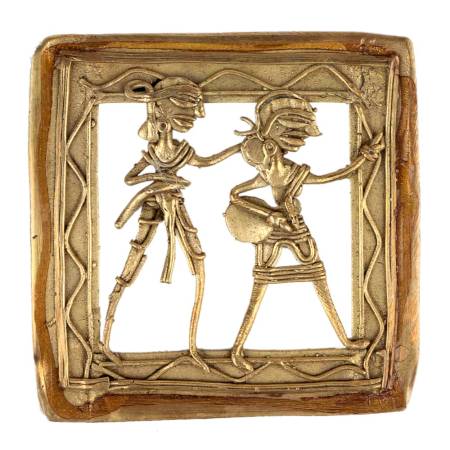
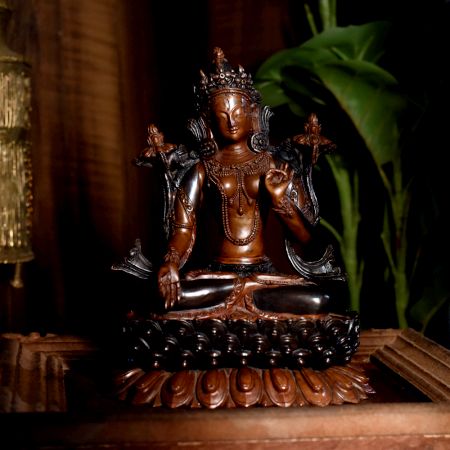
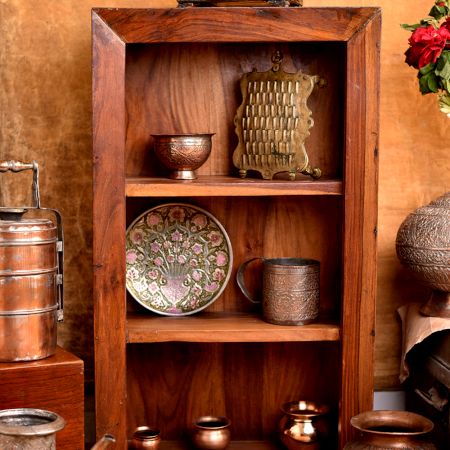
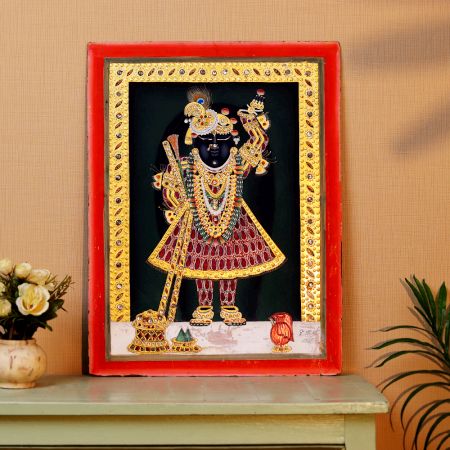
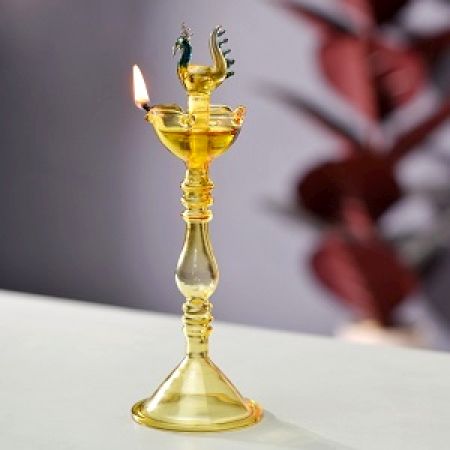
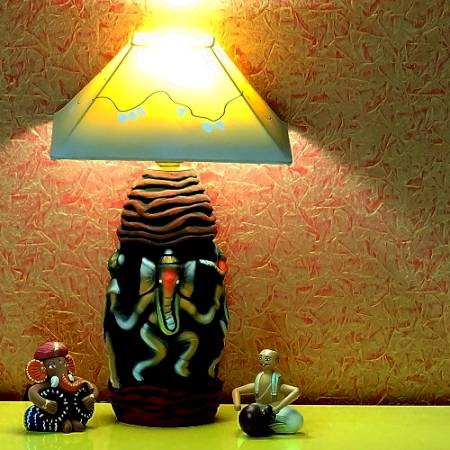


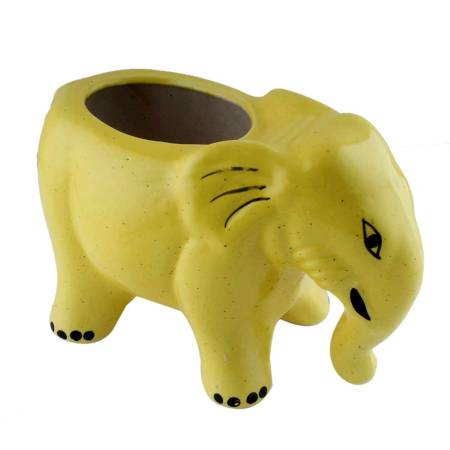
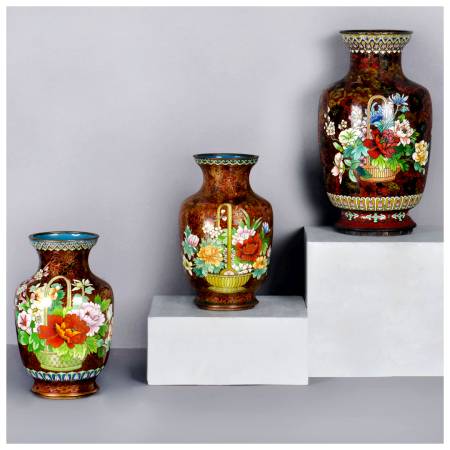
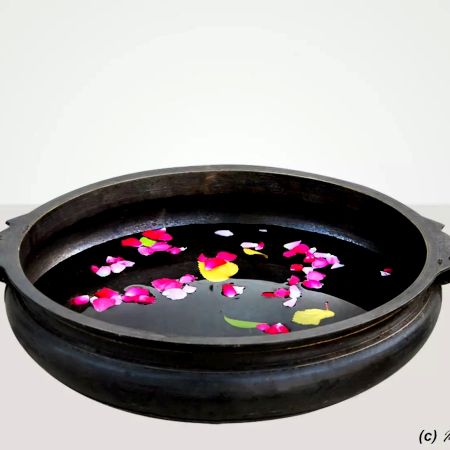
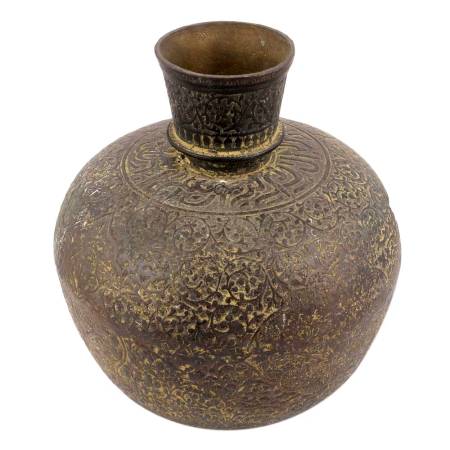
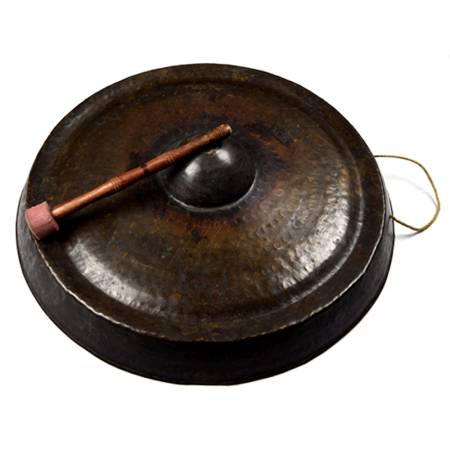

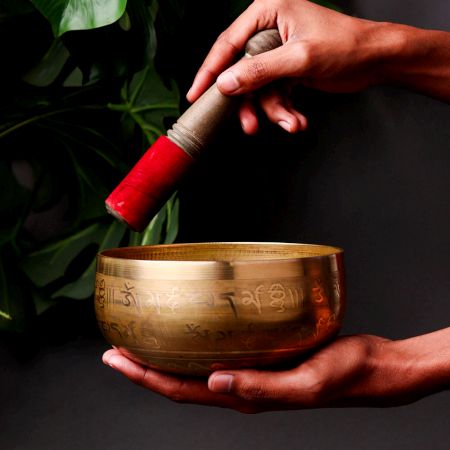





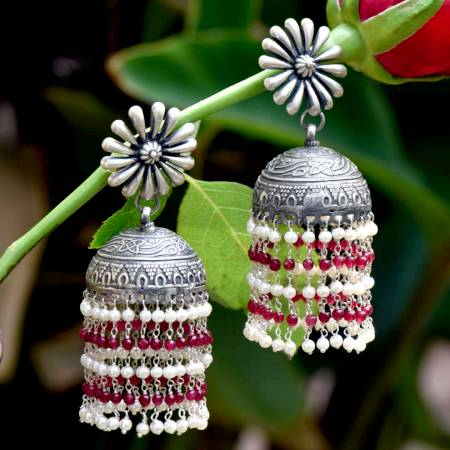
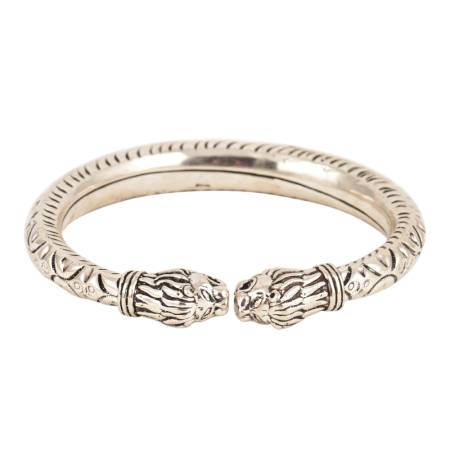
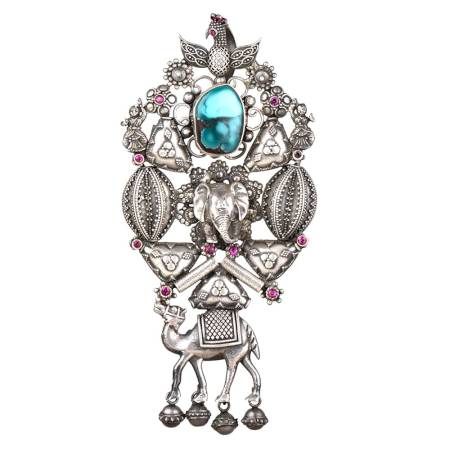
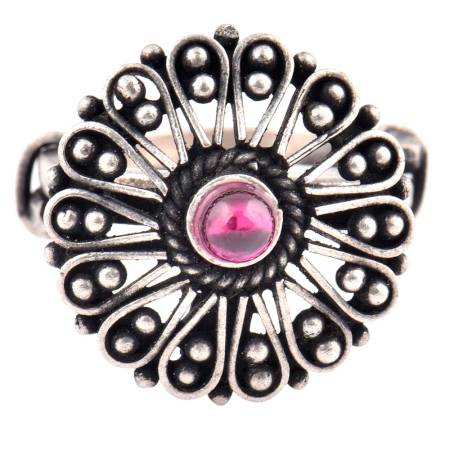













.JPG?ver=1.7)
.JPG?ver=1.7)
.JPG?ver=1.7)
.JPG?ver=1.7)
.JPG?ver=1.7)
.JPG?ver=1.7)
.JPG?ver=1.7)
.JPG?ver=1.7)


.jpg?ver=1.7)
.jpg?ver=1.7)
.JPG?ver=1.7)
.JPG?ver=1.7)
.JPG?ver=1.7)
.JPG?ver=1.7)
.JPG?ver=1.7)
.JPG?ver=1.7)
.JPG?ver=1.7)
.JPG?ver=1.7)
.JPG?ver=1.7)
.JPG?ver=1.7)
.JPG?ver=1.7)
.JPG?ver=1.7)
.JPG?ver=1.7)
.JPG?ver=1.7)
.JPG?ver=1.7)
.JPG?ver=1.7)
.JPG?ver=1.7)
.JPG?ver=1.7)
.JPG?ver=1.7)
.JPG?ver=1.7)
.JPG?ver=1.7)
.JPG?ver=1.7)
.JPG?ver=1.7)
.JPG?ver=1.7)
.JPG?ver=1.7)
.JPG?ver=1.7)
.JPG?ver=1.7)
.JPG?ver=1.7)
.JPG?ver=1.7)
.JPG?ver=1.7)
.JPG?ver=1.7)
.JPG?ver=1.7)
.JPG?ver=1.7)
.JPG?ver=1.7)
.JPG?ver=1.7)
.JPG?ver=1.7)
.JPG?ver=1.7)
.JPG?ver=1.7)
.JPG?ver=1.7)
.JPG?ver=1.7)
.JPG?ver=1.7)
.JPG?ver=1.7)
.JPG?ver=1.7)
.JPG?ver=1.7)
.JPG?ver=1.7)
.JPG?ver=1.7)
.jpg?ver=1.7)
.jpg?ver=1.7)
.jpg?ver=1.7)
.jpg?ver=1.7)
.JPG?ver=1.7)
.JPG?ver=1.7)
.JPG?ver=1.7)
.JPG?ver=1.7)
.JPG?ver=1.7)
.JPG?ver=1.7)
.JPG?ver=1.7)
.JPG?ver=1.7)
.JPG?ver=1.7)
.JPG?ver=1.7)
.JPG?ver=1.7)
.JPG?ver=1.7)
.JPG?ver=1.7)
.JPG?ver=1.7)
.JPG?ver=1.7)
.JPG?ver=1.7)
.jpg?ver=1.7)
.jpg?ver=1.7)
.JPG?ver=1.7)
.JPG?ver=1.7)
.JPG?ver=1.7)
.JPG?ver=1.7)
.JPG?ver=1.7)
.JPG?ver=1.7)

.jpg?ver=1.7)
.JPG?ver=1.7)
.JPG?ver=1.7)
.JPG?ver=1.7)
.JPG?ver=1.7)
.JPG?ver=1.7)
.JPG?ver=1.7)


.JPG?ver=1.7)
.JPG?ver=1.7)
.JPG?ver=1.7)
.JPG?ver=1.7)


.JPG?ver=1.7)
.JPG?ver=1.7)


.JPG?ver=1.7)
.JPG?ver=1.7)
.jpg?ver=1.7)
.JPG?ver=1.7)
.JPG?ver=1.7)
.JPG?ver=1.7)
.JPG?ver=1.7)
.JPG?ver=1.7)
.JPG?ver=1.7)
.JPG?ver=1.7)
.JPG?ver=1.7)
.JPG?ver=1.7)
.jpg?ver=1.7)
.jpg?ver=1.7)
.jpg?ver=1.7)
.jpg?ver=1.7)
.JPG?ver=1.7)
.JPG?ver=1.7)
.jpg?ver=1.7)
.jpg?ver=1.7)
.jpg?ver=1.7)
.jpg?ver=1.7)
.JPG?ver=1.7)
.JPG?ver=1.7)
.JPG?ver=1.7)
.JPG?ver=1.7)
.JPG?ver=1.7)
.JPG?ver=1.7)
.JPG?ver=1.7)
.JPG?ver=1.7)
.jpg?ver=1.7)
.jpg?ver=1.7)
.jpg?ver=1.7)
.jpg?ver=1.7)
.JPG?ver=1.7)
.JPG?ver=1.7)
.JPG?ver=1.7)
.JPG?ver=1.7)
.JPG?ver=1.7)
.JPG?ver=1.7)
.JPG?ver=1.7)
.JPG?ver=1.7)
.JPG?ver=1.7)
.JPG?ver=1.7)
.JPG?ver=1.7)
.JPG?ver=1.7)
.JPG?ver=1.7)
.JPG?ver=1.7)
.JPG?ver=1.7)
.JPG?ver=1.7)
.jpg?ver=1.7)
.jpg?ver=1.7)
.jpg?ver=1.7)
.jpg?ver=1.7)
.jpg?ver=1.7)
.jpg?ver=1.7)
.JPG?ver=1.7)
.JPG?ver=1.7)
.jpg?ver=1.7)
.jpg?ver=1.7)
.JPG?ver=1.7)
.JPG?ver=1.7)
.JPG?ver=1.7)
.JPG?ver=1.7)
.JPG?ver=1.7)
.JPG?ver=1.7)
.JPG?ver=1.7)
.JPG?ver=1.7)
.JPG?ver=1.7)
.JPG?ver=1.7)
.JPG?ver=1.7)
.JPG?ver=1.7)
.JPG?ver=1.7)
.JPG?ver=1.7)
.JPG?ver=1.7)
.JPG?ver=1.7)
.JPG?ver=1.7)
.JPG?ver=1.7)
.JPG?ver=1.7)
.JPG?ver=1.7)
.JPG?ver=1.7)
.JPG?ver=1.7)
.JPG?ver=1.7)
.JPG?ver=1.7)
.JPG?ver=1.7)
.JPG?ver=1.7)
.jpg?ver=1.7)
.jpg?ver=1.7)
.JPG?ver=1.7)
.JPG?ver=1.7)
.JPG?ver=1.7)
.JPG?ver=1.7)
.JPG?ver=1.7)
.JPG?ver=1.7)
.JPG?ver=1.7)
.JPG?ver=1.7)
.jpg?ver=1.7)
.jpg?ver=1.7)
.jpg?ver=1.7)
.jpg?ver=1.7)
.JPG?ver=1.7)
.JPG?ver=1.7)
.JPG?ver=1.7)
.JPG?ver=1.7)
.JPG?ver=1.7)
.JPG?ver=1.7)
.JPG?ver=1.7)
.JPG?ver=1.7)
.jpg?ver=1.7)
.jpg?ver=1.7)
.jpg?ver=1.7)
.jpg?ver=1.7)
.JPG?ver=1.7)
.JPG?ver=1.7)
.JPG?ver=1.7)
.JPG?ver=1.7)
.JPG?ver=1.7)
.JPG?ver=1.7)
.JPG?ver=1.7)
.JPG?ver=1.7)
.JPG?ver=1.7)
.JPG?ver=1.7)
.JPG?ver=1.7)
.JPG?ver=1.7)

